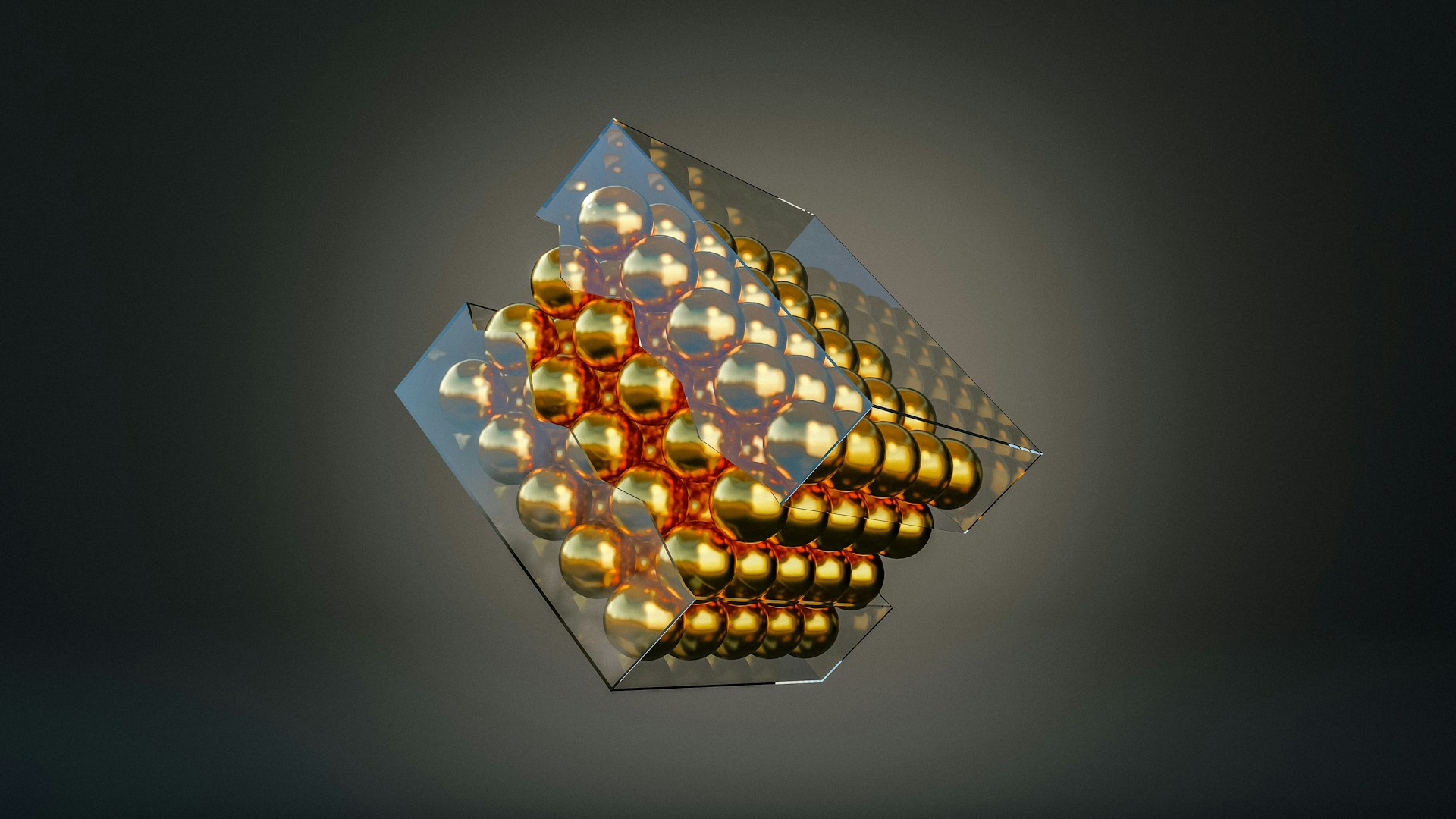If you’re looking for Prizmatem, you may be interested in an innovative optical material that’s gaining attention across a variety of industries, including premium cameras, architectural glass, and medical devices. Prizmatem is a prismatic synthetic composite material designed to optimize light transmission, durability, and environmental resistance. This article explains Prizmatem features, current applications, and future prospects, providing easy-to-understand and engaging information for everyone, from curious consumers to engineers.
- What is Prizmatem?
Prizmatem is a modern, transparent composite material that combines silicon dioxide-based microprisms with a polymer matrix. The result is a material that behaves optically like glass, yet is lightweight, flexible, and strong. Developed ten years ago in a university laboratory, Prizmatem combines a high refractive index, impact resistance, and temperature stability and is of great interest to the optical, architectural, and electronics industries. - Construction and Production
A. Main Ingredients
Prismatem contains the following ingredients:
Silicon microprisms (micron-sized crystals)
UV-curable methacrylate matrix
Nanofillers for heat and stress resistance
Additional coating against fogging and scratching
b. Manufacturing Process
The production process includes the following steps:
Suspension: silicon microprisms evenly distributed in a liquid precursor
Casting or molding: into sheets, lenses, or panels
UV curing: hardens and bonds materials rapidly
Additional types of surface treatment: to enhance certain properties
This technology allows for custom shapes, uniform thicknesses, and a clean finish, making it ideal for both prototyping and mass production.
- Propiedades ópticas
El atractivo de Prizmatem radica en su comportamiento prismático de la luz.
Índice de refracción: aproximadamente 1,60 (equivalente a vidrio óptico de alta calidad)
baja dispersión cromática
Estructura microprismática que guía la luz para mejorar el brillo y la claridad.
Transmisión superior al 90% en el espectro visible
Es poco probable que se produzca distorsión refractiva incluso bajo estrés.
Estas propiedades hacen de Prizmatem un material ideal para lentes ópticas, elementos de cámaras, tecnologías de visualización y mucho más.
- Resistencia mecánica y durabilidad
A diferencia del vidrio frágil, Prismatem tiene las siguientes propiedades:
Resiste caídas desde varios pies.
Admite un rango de temperatura de -20 ℃ a 85 ℃
Excelente resistencia a la humedad.
Disponible con recubrimientos resistentes al desgaste, a los rayos UV y antivaho.
La combinación de peso ligero y durabilidad hace que Prizmatem sea ideal para dispositivos portátiles, equipos para exteriores y óptica móvil.
- Aplicación en una amplia gama de industrias.
- Environment and Sustainable Development
Prizmatem is designed with sustainability in mind.
It can be recycled into new sheets or composites.
Energy-efficient UV-curing production
The lightweight design reduces emissions during transportation.
Non-toxic, halogen-free composition.
Potential application of solar-concentrating glass
Its environmental performance meets the global demand for environmentally friendly innovations.
- Cost Considerations
Prizmatem is more expensive than standard acrylic, but more cost-effective than precision optical glass. Typical sheet prices range from $20 to $45 per square foot depending on the brand and finish. A quality camera lens can cost less than $200, which is significantly less than glass of a similar configuration. - Advantages over Traditional Materials
Glass vs. Prismatem: They offer roughly the same transparency, but Prismatem is lighter, less likely to break, and more heat-stable. Acrylic vs. Prismatem: Excellent optical properties, strength, and scratch and fog resistance.
This makes Prizmatem a versatile hybrid material that combines optical performance with structural flexibility. - Limitations and Problems
UV-curable opacity: Clean production is required
High costs limit its use in entry-level applications
Scale availability: Large build panels require prototype testing
Medical and safety guidelines for its use are still being developed. - Research and Future Directions
Continuous Innovation:
Built-in waveguide for augmented reality glasses
Self-cleaning surface technology
Active refractive layers for adaptive optics
Integration with transparent conductors for smart windows
Cradle-to-cradle lifecycle recycling module
Prizmatem is positioned not only as a material, but as a platform for innovation on multiple levels.
- Practical Examples
A. Boutique Camera Manufacturer
By replacing glass components with Prizmatem lenses, the niche brand has made the camera 25% lighter while maintaining the same clarity and superior drop resistance.
b. Greenhouse Prototype
Architects tested prismatic panels that direct sunlight into shaded areas. This improved plant growth by 18% and allowed for ambient temperature control.
V. Medical Imaging Startups
Prizmatem-based handheld endoscopes have earned a solid reputation in clinical settings, providing a 30% weight reduction and rapid sterilization.
- Adoption and Ecosystem
Prizmatem is supported by the following companies:
Manufacturer: Optical laboratories and molders capable of producing custom sizes
Certification bodies: Food, medical device, and hazardous materials compliance
Your design partner in architecture and consumer technology
An academic research institute studying prism design using artificial intelligence.
Early adopters of this technology include opticians, design studios, medical equipment companies, and clean energy pioneers.
- Tips for Designers and Engineers
Matching the Refractive Index to the Optical System
Use molded parts to reduce assembly
Request a coating grade for scratch and UV protection.
Prototype the final product in small batches
Early validate regulatory standards
These steps will help optimize both performance and cost-effectiveness. - Tips for Adoption Paths
Start with small optics
Move to architectural or consumer prototypes
Target areas of sustainable innovation
Provide usage data for future improvements - Expert Perspective
Materials Scientist: “Prizmatem offers glass-level optics in a lightweight form factor. This is revolutionary.”
Architect: “It refracts sunlight beautifully and reduces the load on the HVAC system.”
Product Designer: “We reduced the device’s mass by 30% while maintaining transparency.” - Product Sustainability and Longevity
Returns possible through the manufacturer’s recycling program.
UV and heat stability extends product life.
Composite catalysts for the circular economy
Supports the recycling of industrial waste polymers. - Future Outlook
Prizmatem’s roadmap includes:
Consumer lens kit for DIY curved optics
Active optical bending module with light-emitting layer
Solar glazing retrofit for urban planning
Partnership with AR hardware providers
These steps suggest a mature ecosystem, a material that is becoming mainstream.
- Summary
Prizmatem is at the forefront of a materials revolution that is redefining what is possible with transparent composite materials. Their prismatic brilliance, durability, and adaptability point to a future where we demand not only transparency from materials, but also smart functionality and environmental friendliness. At the intersection of optics, design, and sustainability, Prizmatem is at the forefront, leading the industry and imagination toward a transparent, prismatic future.
Frequently Asked Questions (FAQ)
- What is Prizmatem? Also, how is it different from regular optical glass or acrylic?
Prizmatem is a next-generation transparent composite material that combines silica microprisms with a durable polymer matrix. Unlike conventional glass, it offers high optical clarity, impact resistance, and lightweight construction. Compared to acrylic, it has improved scratch resistance, refractive index, and thermal stability, making it suitable for advanced optical and architectural applications. - In which industries is Prizmatem currently used?
Prizmatem is attracting attention in a variety of applications, including photography and cinematography, architecture, consumer electronics, medical imaging, and automotive display systems. Its ability to efficiently guide and control light also opens up possibilities for applications in green building technology and AR/VR optical systems. - Is Prizmatem environmentally sustainable or recyclable?
Yes. Prizmatem is designed with environmental responsibility in mind. It is non-toxic, halogen-free, and UV-curable using an energy-efficient process. Additionally, many formats are recyclable or reusable, supporting circular production and low-carbon design initiatives, particularly in the construction and product development sectors. - How expensive is Prizmatem compared to glass and plastic alternatives?
Prizmatem is more expensive than basic acrylic, but for many applications, it is more affordable than precision optical glass. Prizmatem offers equal or better performance by being lighter and less complicated to manufacture, often resulting in long-term cost savings for companies seeking both performance and durability. - Can Prizmatem be customized to meet specific product needs?
Of course. Prizmatem offers custom moldings, anti-scratch coatings, UV filters, and adaptive refractive designs. Manufacturers and designers can work with suppliers to customize material thickness, curvature, and prismatic structures for specific applications, from lenses in augmented reality headsets to solar-guiding panels in smart buildings.

![The rise of Insetprag: how it is transforming the sector/domain The Rise of Insetprag: How It’s Transforming [Industry/Field]](https://apkdatamod.com/wp-content/uploads/2025/12/irewolede-PvwdlXqo85k-unsplash-150x150.jpg)








